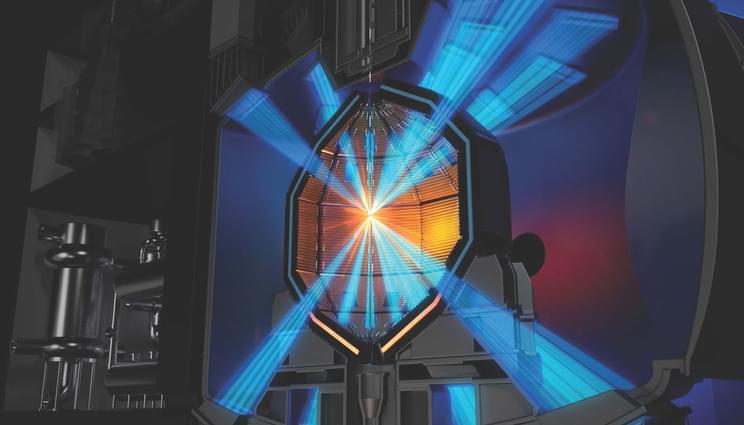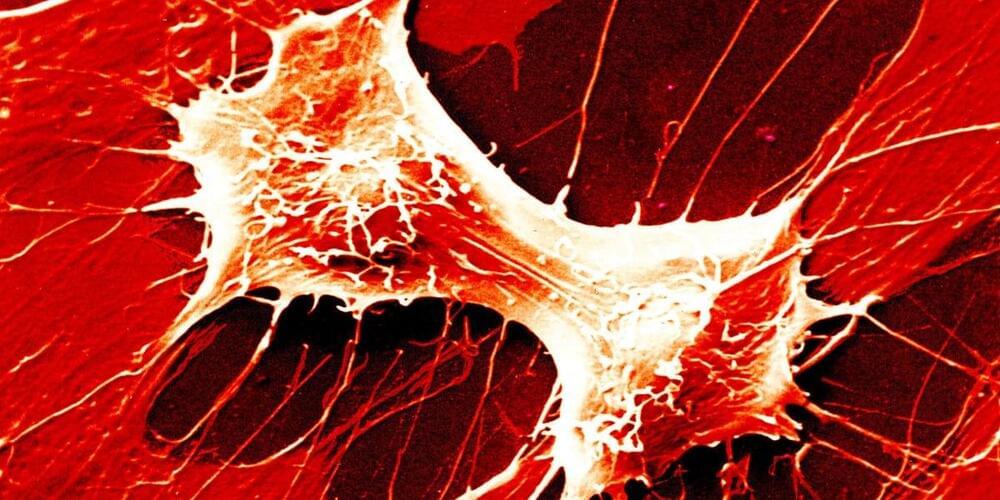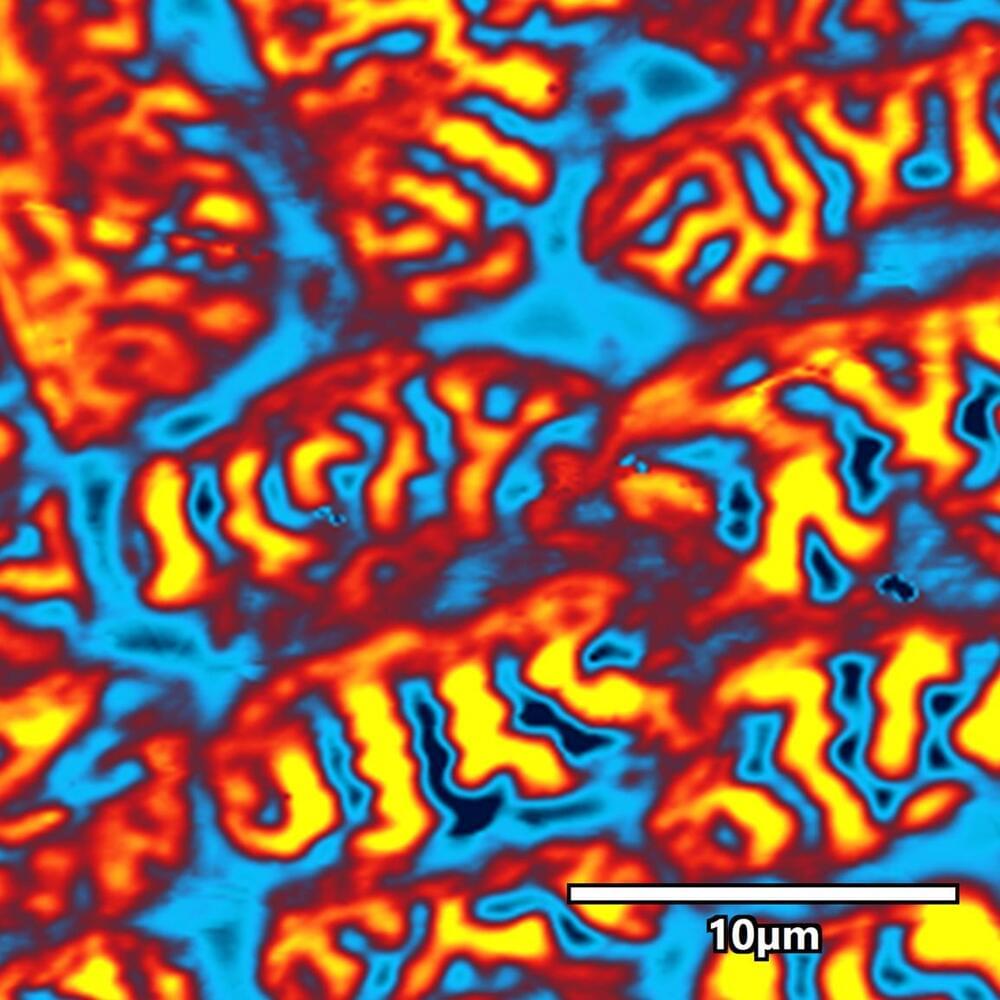Dec 29, 2024
Texas awards $170 million contract for cybersecurity assistance
Posted by Genevieve Klien in categories: cybercrime/malcode, military
At the end of a year when Texas employees were among those targeted by hackers, the state has awarded a multi-million-dollar contract to a company that works with entities to increase technological efficiency and offer cybersecurity protection. Science Applications International Corporation (SAIC) announced Dec. 18 that it was awarded a $170.9 million contract from the Texas Department of Information Resources (DIR) to provide cybersecurity services in protection of state networks.
SAIC, which is headquartered in Reston, Va., and has been providing security services to California, Colorado and Virginia for years, also has worked with the Air Force in deploying “a cloud-based command and control capability” to air defense sectors with the North American Aerospace Defense Command (NORAD), according to information technology news website StateScoop. It employs about 24,000 people.

















